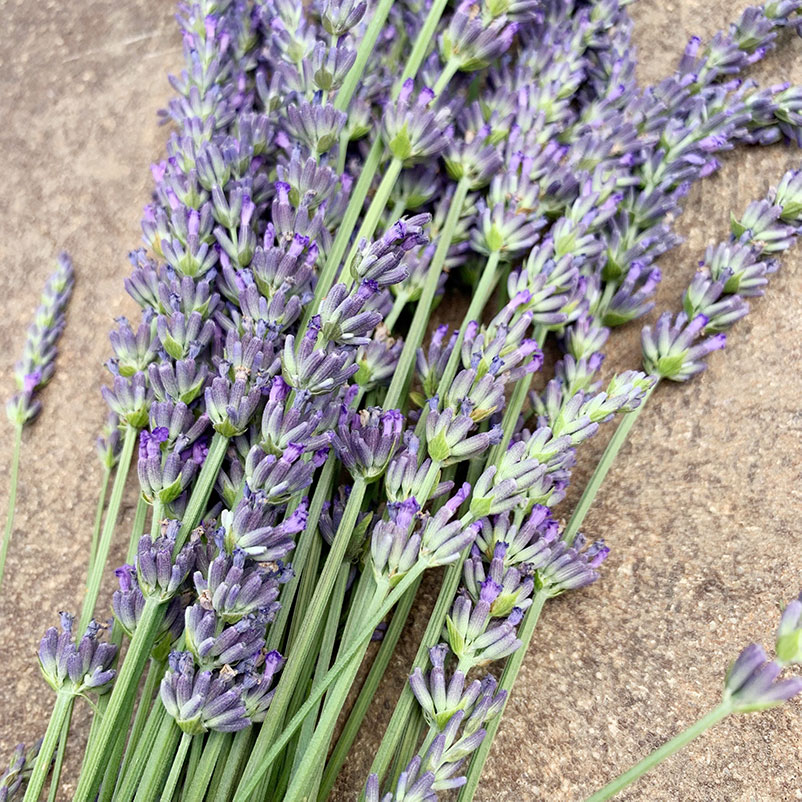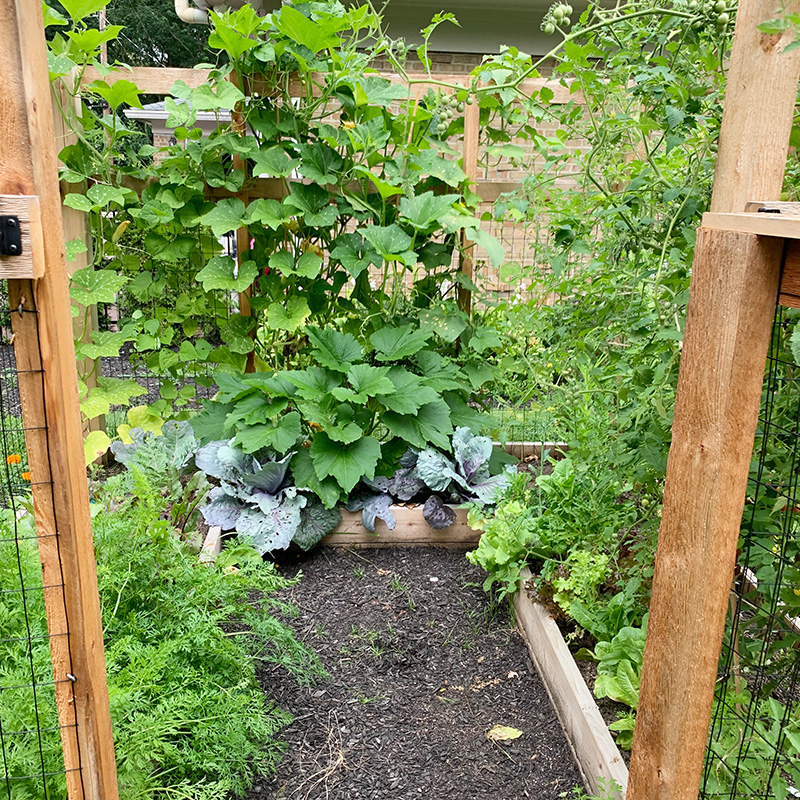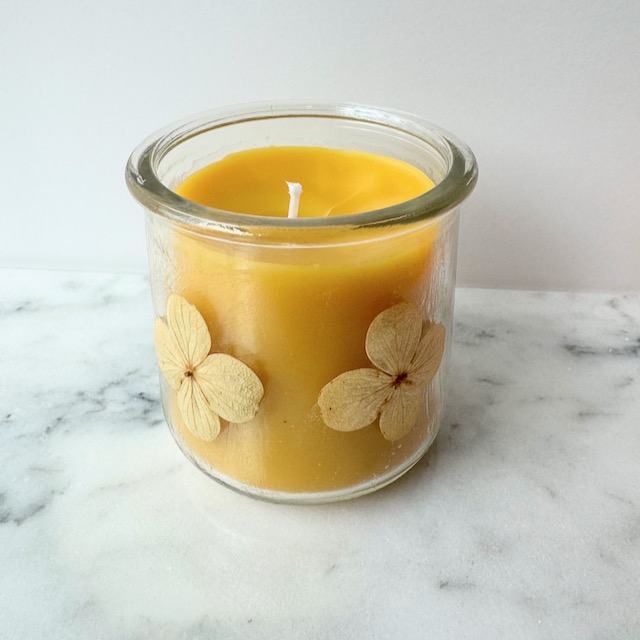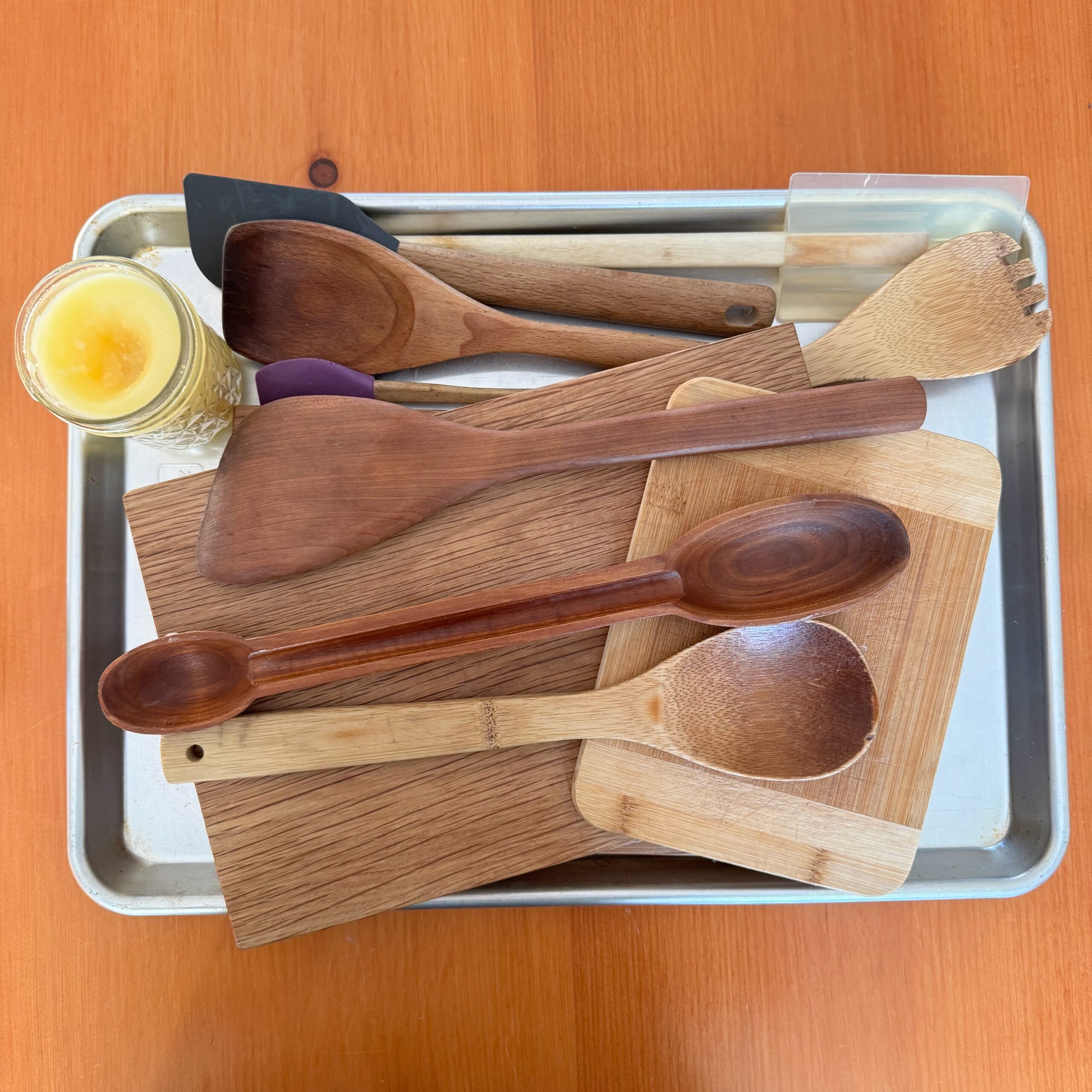How to Grow Leeks
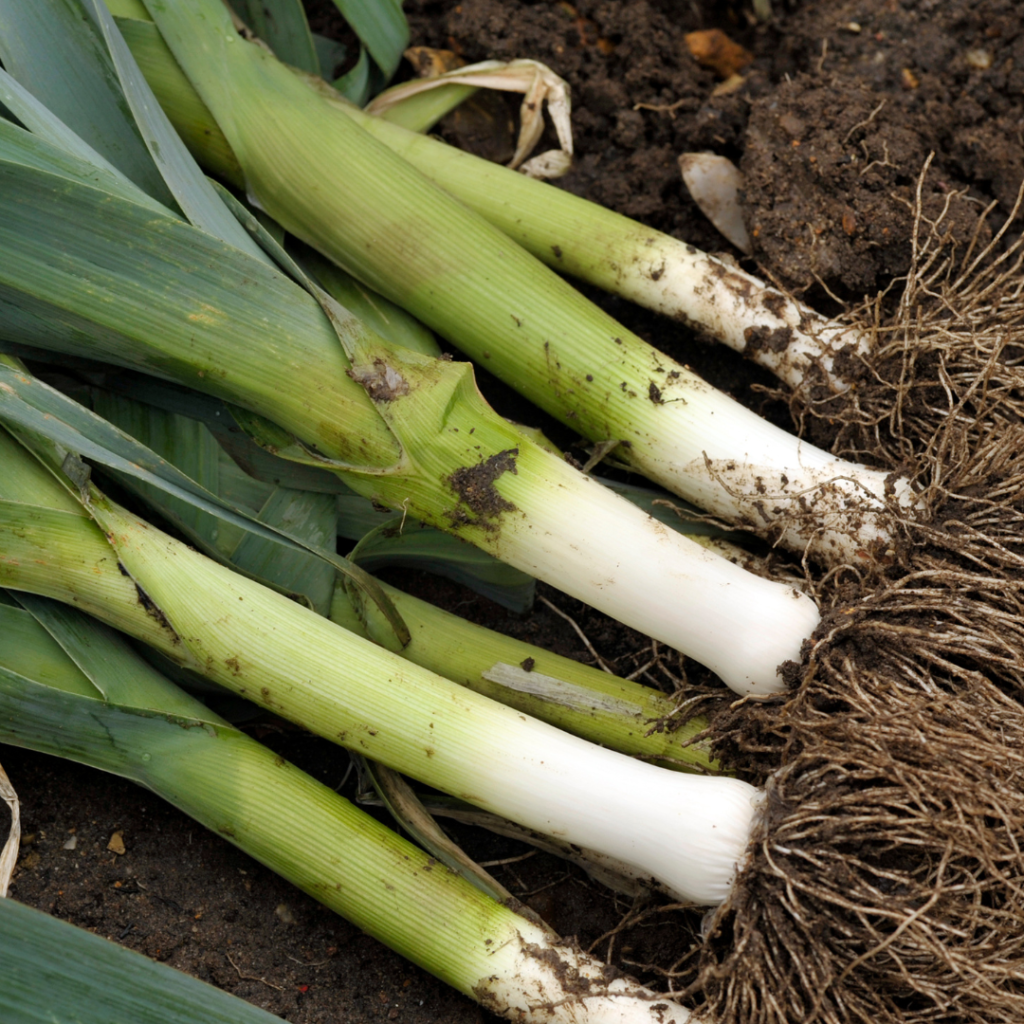
Leeks are a wonderful addition to any home garden. With a mild, onion-like flavor and the ability to enhance soups, stews, and roasted dishes, leeks are both versatile in the kitchen and rewarding to grow. Whether you’re just starting out or looking to expand your garden with something new, this guide on how to grow leeks will walk you through everything you need to know—from seed starting to harvest.
Why Grow Leeks?

Leeks are part of the allium family, alongside onions, garlic, and shallots. I prioritize growing them every year. They are:
- A great ROI (Return On Investment) vegetable. Meaning they are a pricier vegetable to buy in the grocery store and you can grow them from seed with very little cost.
- Pest resistant. We have hungry deers, bunnies, and raccoons in our neighborhood. None of them touch leeks, so I don’t have to worry about building a fence around them.
- Cold hardy. We start ours in spring and leave them in the ground throughout a mild winter. This means that you can plant plenty of them and harvest when needed. No preserving needed!
- Small. Sure, some leeks can grow pretty big, but for the most part they don’t take up too much space, making them an excellent crop for raised beds or small garden plots. You can plant them 4-6 inches apart.
Growing Leeks from Seed
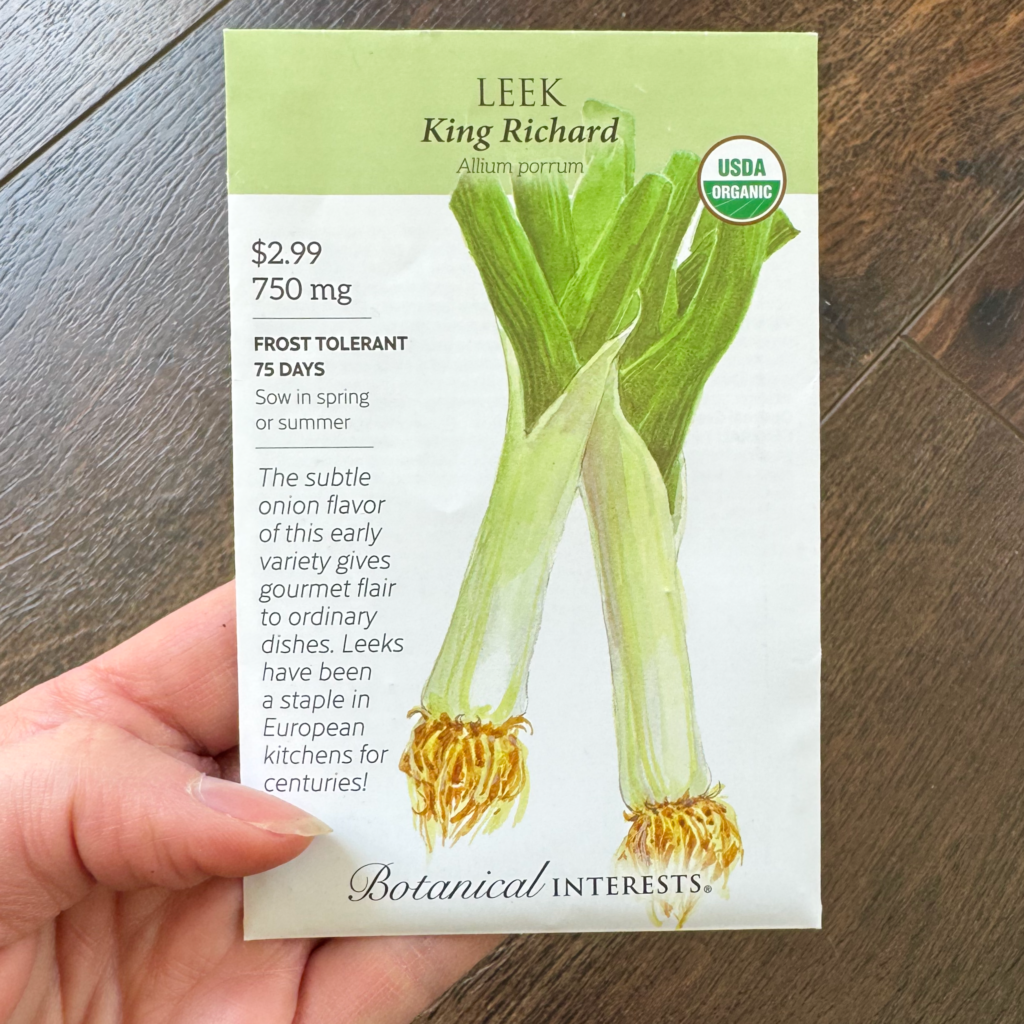
If you want to start your leeks from seed, it’s best to begin indoors 8–10 weeks before your last expected frost date. Leeks take time to grow and are considered a long-season vegetable, so starting early gives them the best chance to mature before winter.
- Choose a container with good drainage and fill it with a quality seed-starting mix or sifted soil.
- Sow seeds shallowly, about ¼ inch deep, and keep the soil moist.
- Provide consistent light – a sunny window or grow light setup works well.
- Give them a haircut. Once the seedlings are a few inches tall, you can begin to “trim” them back to encourage thicker stems—snipping the tops to about 3–4 inches tall helps focus energy on the base.
Harden off the seedlings by gradually introducing them to outdoor conditions for a week before transplanting them into the garden.
Transplanting or Purchasing Starts
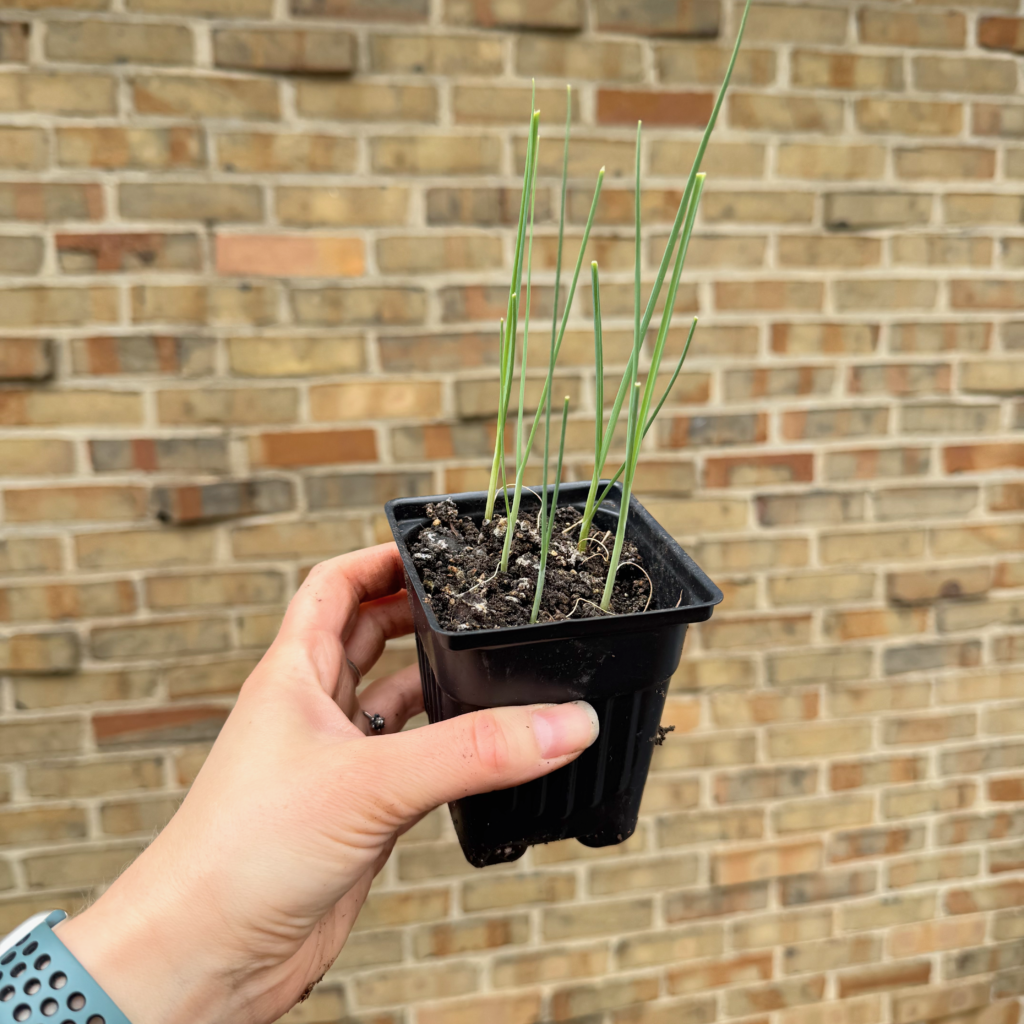
When the seedlings are about the thickness of a pencil and the weather has warmed, it’s time to transplant them. This typically happens in early spring after the risk of hard frost has passed.
But if starting from seed isn’t your thing—no judgment here! You can also purchase leek starts from a local garden center. That said, leek transplants can sometimes be hard to find, especially in smaller nurseries or big-box stores. If you see them early in the season, don’t wait—snatch them up while they’re available.
How to Grow Leeks in the Garden
Once your leeks are ready for the garden, here’s how to grow leeks successfully outdoors:
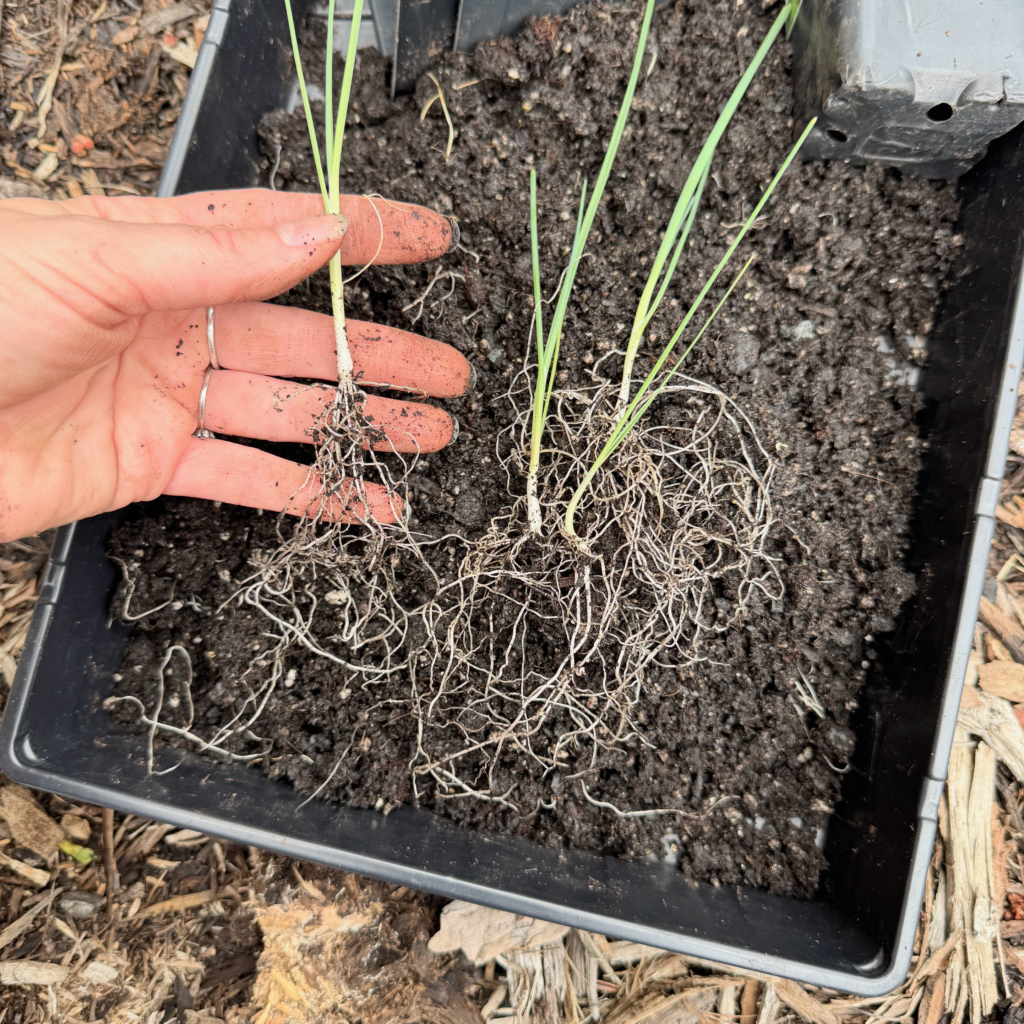
- Detangle Roots: Several leek starts are usually grown together in one pot. Gently pull the soil out of the container and massage it or rinse the plants to expose the roots. Holding onto the point where the roots meet the plant, gently pull on each leek, trying to keep as much of the roots as possible.
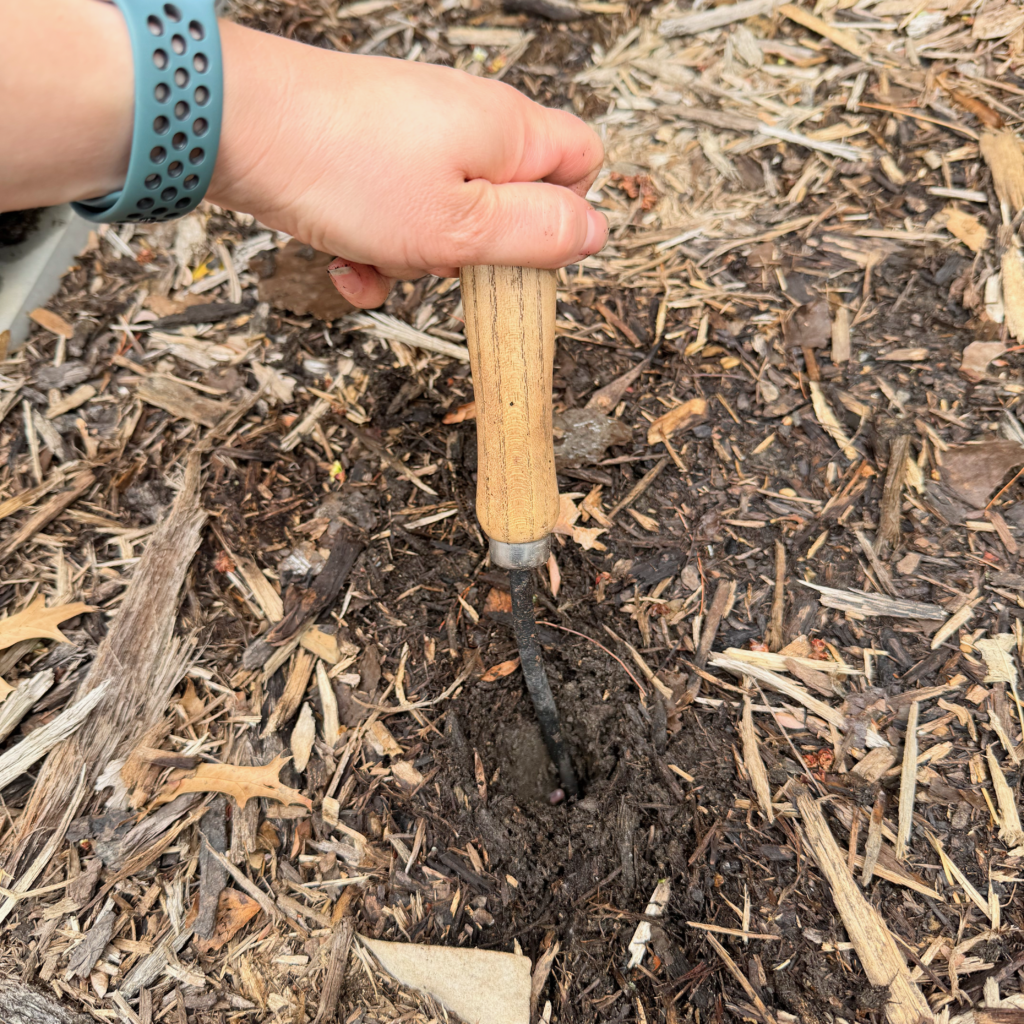
- Planting: Using a knitting needle, large stick, or weeder, dig holes about 6-8 inches deep and space the leeks 4–6 inches apart. You can gently drop the transplants into the holes without backfilling completely—this encourages longer, blanched stems as the soil fills in naturally over time. I find I need to gently coax in the roots. The goal is to plant as deeply as possible.

- Soil: Leeks prefer loose, well-drained soil enriched with compost. They’re heavy feeders, so consider side-dressing with compost or a balanced organic fertilizer during the growing season.
- Water: Keep the soil consistently moist, especially during dry spells. Leeks have shallow roots and don’t like to dry out.
- Hilling: As the leeks grow, mound soil around the stems every few weeks to blanch the lower part and produce that tender, white stalk.
Harvesting
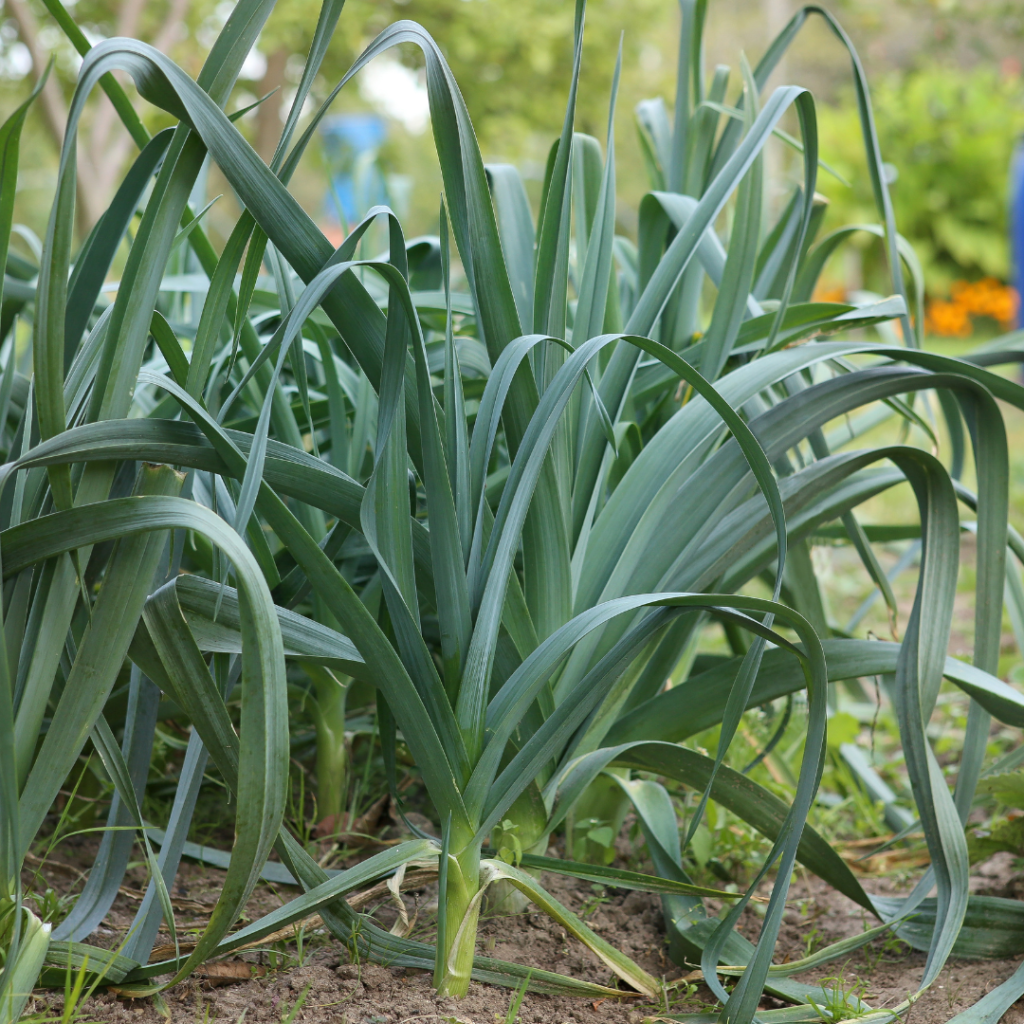
Leeks are usually ready to harvest 90–120 days after transplanting, depending on the variety. You can begin harvesting when they’re about an inch in diameter, though some gardeners prefer to let them grow even larger.
To harvest, loosen the soil with a garden fork and gently pull them out. Brush off the excess soil, trim the roots, and store them in the fridge. Properly harvested and cleaned, leeks can last for several weeks.
Storing Leeks

My favorite way to store leeks is actually in the ground. They are cold tolerant and will continue to grow (slowly) throughout the winter. Whenever I am in need of a leek, I just simply go out and harvest them.

If I do find that I want to harvest the leeks and save them for later, my preferred method, is to cut, clean, dry, and freeze them.
What to Make with Leeks

Leeks add a mild, sweet onion flavor to many dishes and are incredibly versatile in the kitchen. They’re delicious in soups like classic potato leek soup, tucked into quiches or savory tarts, or simply sautéed with butter as a side dish. You can also roast them with olive oil, stir them into creamy pastas, or slice them thinly to top homemade pizzas.
Their subtle flavor pairs especially well with potatoes, cheese, and eggs, making them a perfect addition to cozy, comforting meals.
Final Thoughts
How to grow leeks may seem intimidating at first because of their long season and unique planting process, but they’re surprisingly low-maintenance once established. Whether you’re starting from seed or picking up a few transplants at your local garden store, the effort pays off when you’re cooking with fresh, homegrown leeks.

Above is one of the most impressive leeks that I’ve ever grown. The white portion is so big thanks to that deep planting method!
So roll up your sleeves, grab your trowel, and try growing leeks this season. Not only will your garden thank you, but your soups, sautés, and roasts will be next-level delicious.
